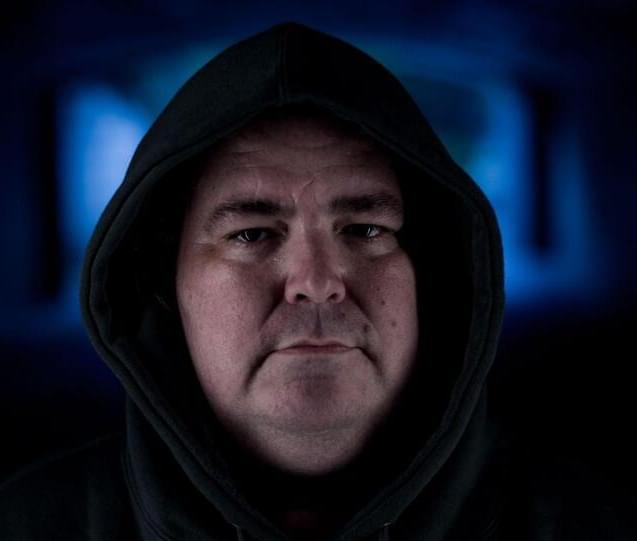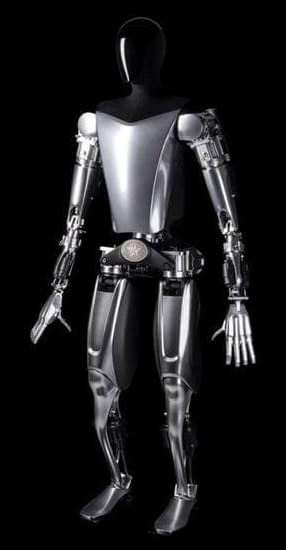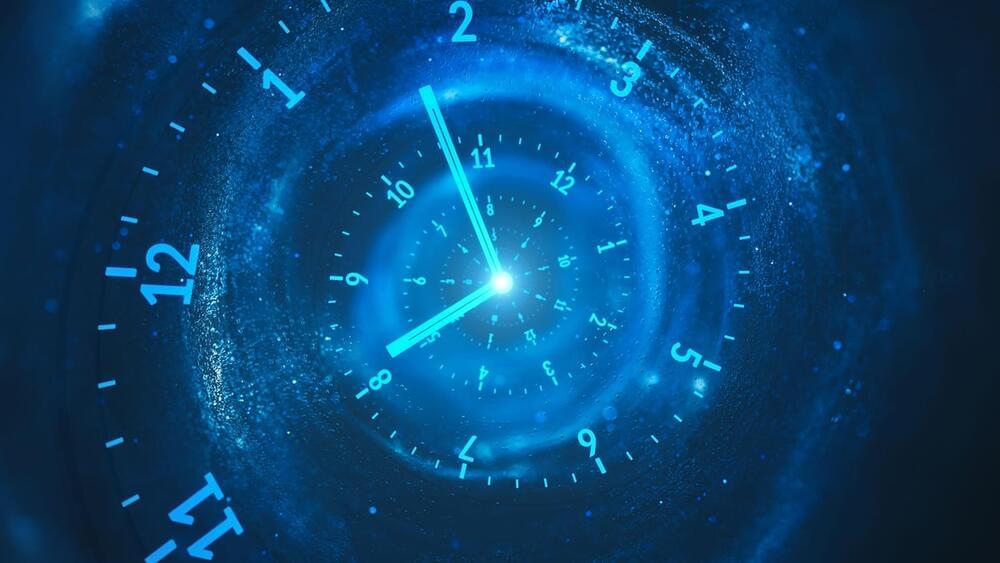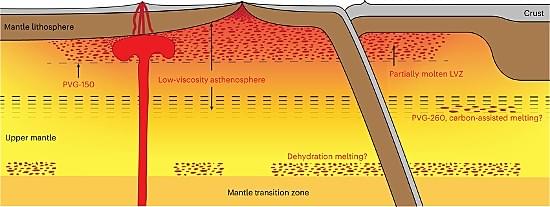Mar 3, 2023
Fired engineer who called Google AI ‘sentient,’ warns Microsoft Bing a ‘train wreck’
Posted by Gemechu Taye in categories: military, policy, robotics/AI
Blake Lemoine, the Google engineer fired for violating the company’s confidentiality policy, has now expressed concerns about the risks associated with AI-driven chatbots like Microsoft’s Bing AI.
The latest AI models, according to him, are the most potent technological advancement since the atomic bomb and can alter the course of history fundamentally.


















